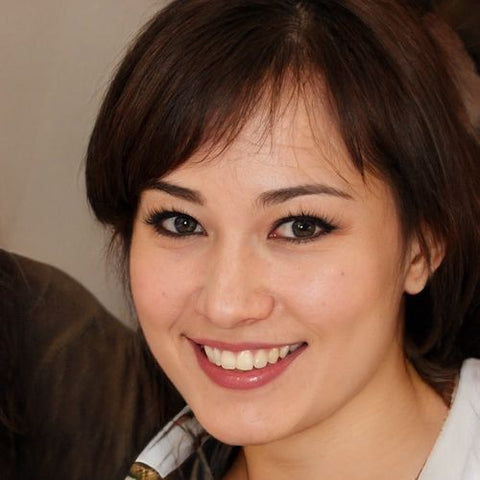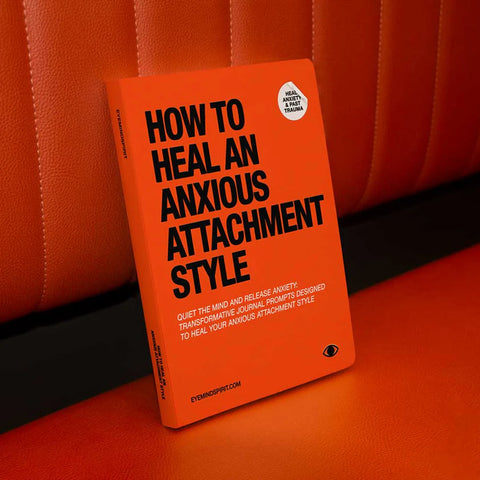Have you ever found yourself wondering why relationships can feel so complicated—or why some people seem naturally secure while others struggle with closeness or trust?
The answer often lies in attachment styles, deeply ingrained patterns formed during early childhood that shape how you connect with others as an adult.
Understanding these styles can be a game-changer for both self-discovery and personal growth.
Whether you’re navigating dating challenges, emotional triggers, or wanting to deepen your connections, knowing your attachment style is the first step toward healthier relationships.
What Are Attachment Styles and Why Do They Matter?
Have you ever noticed how some people seem naturally secure in their relationships, while others feel anxious or emotionally distant?
These patterns often trace back to something called attachment styles—a psychological framework that shapes how you bond with others based on your earliest emotional experiences.
Understanding your attachment style can be a game-changer for self-awareness, relationship success, and emotional healing. It explains why you may crave constant reassurance, avoid deep emotional conversations, or feel conflicted in moments of closeness.
In this guide, we’ll break down the four core attachment styles—secure, anxious, avoidant, and disorganized—and how they show up in relationships. You’ll also learn how to identify your own patterns and take steps toward healthier, more secure connections.
1. Secure Attachment
What It Looks Like:
- You feel comfortable with emotional closeness and independence.
- Trust comes naturally, and conflict feels manageable, not threatening.
- Relationships feel safe, supportive, and balanced.
Why It Develops:
Secure attachment forms when caregivers are consistently responsive, emotionally available, and supportive. The child learns that relationships can be safe and reliable, forming a foundation for healthy emotional regulation.
Key Traits:
- Emotional balance and self-trust
- Healthy communication skills
- Comfort with both closeness and personal space
How It Shows Up in Relationships:
People with secure attachment tend to build lasting, stable partnerships with mutual trust and emotional safety at the core.
2. Anxious Attachment
What It Looks Like:
- You crave closeness but often feel insecure in relationships.
- Overthinking, seeking constant reassurance, and fearing abandonment are common.
- Emotional highs and lows can feel overwhelming.
Why It Develops:
Anxious attachment often forms when caregiving is inconsistent—sometimes present, sometimes emotionally distant. This unpredictability leaves the child craving reassurance while fearing abandonment.
Key Traits:
- Heightened sensitivity to emotional shifts
- Fear of rejection or abandonment
- Strong desire for closeness, but often feeling "too much"
How It Shows Up in Relationships:
Anxious individuals may overthink situations, misinterpret distance as rejection, and become emotionally reactive in times of conflict.
3. Avoidant Attachment
What It Looks Like:
- You value independence and emotional self-sufficiency.
- Vulnerability feels uncomfortable, and you may avoid deep emotional conversations.
- Emotional distance can feel like self-protection.
Why It Develops:
Avoidant attachment often forms when caregivers were emotionally unavailable or discouraged vulnerability. As a result, self-reliance becomes a protective strategy.
Key Traits:
- Difficulty expressing emotions
- Discomfort with emotional closeness
- Tendency to withdraw during conflict
How It Shows Up in Relationships:
Avoidant individuals often struggle to open up fully and may create emotional distance to maintain a sense of control.
4. Disorganized Attachment (Fearful-Avoidant)
What It Looks Like:
- You experience conflicting desires for closeness and distance.
- Relationships feel confusing and overwhelming.
- Emotional intensity and fear of abandonment often coexist.
Why It Develops:
Disorganized attachment can result from trauma, inconsistent caregiving, or chaotic emotional environments in childhood. Caregivers may have been both a source of comfort and fear, creating mixed signals.
Key Traits:
- Fluctuation between craving closeness and pushing people away
- Emotional turbulence and self-sabotaging patterns
- Fear of both abandonment and vulnerability
How It Shows Up in Relationships:
This attachment style can create internal conflict—wanting emotional intimacy but feeling unsafe when it’s offered.
Why Understanding Your Attachment Style Matters
Recognizing your attachment style offers profound insight into:
- Your Emotional Triggers: Understanding why certain situations cause anxiety or withdrawal.
- Communication Patterns: Improving how you express your needs and understand your partner’s.
- Personal Growth: Awareness is the first step toward developing a more secure attachment style.
The goal isn’t to “fix” yourself—it’s about becoming aware of emotional patterns and learning healthier ways to connect with yourself and others.
Want to Go Deeper?
If you’ve identified with any of these attachment styles and want to explore them more deeply, our self-therapy journals are designed to help you break old patterns and build emotional security.
- For Anxious Attachment: How to Heal an Anxious Attachment Style journal can guide you through understanding and healing your patterns with over 100 reflective prompts.
- For Avoidant Attachment: How to Heal an Avoidant Attachment Style helps you work through emotional walls and rediscover vulnerability.
- For Disorganized Attachment: How to Heal a Disorganized Attachment Style offers powerful tools to unpack mixed emotional patterns and find clarity in relationships.
These journals are not just for reflection—they’re designed to help you actively rewire the way you experience connection.
Final Thoughts: Self-Awareness is the First Step to Healing
Your attachment style is not your identity—it's a learned pattern, and it can evolve. By understanding how your past influences your present, you gain the power to break free from cycles that no longer serve you.
Whether you're already secure or working toward emotional balance, every step of self-awareness brings you closer to deeper, healthier connections.




